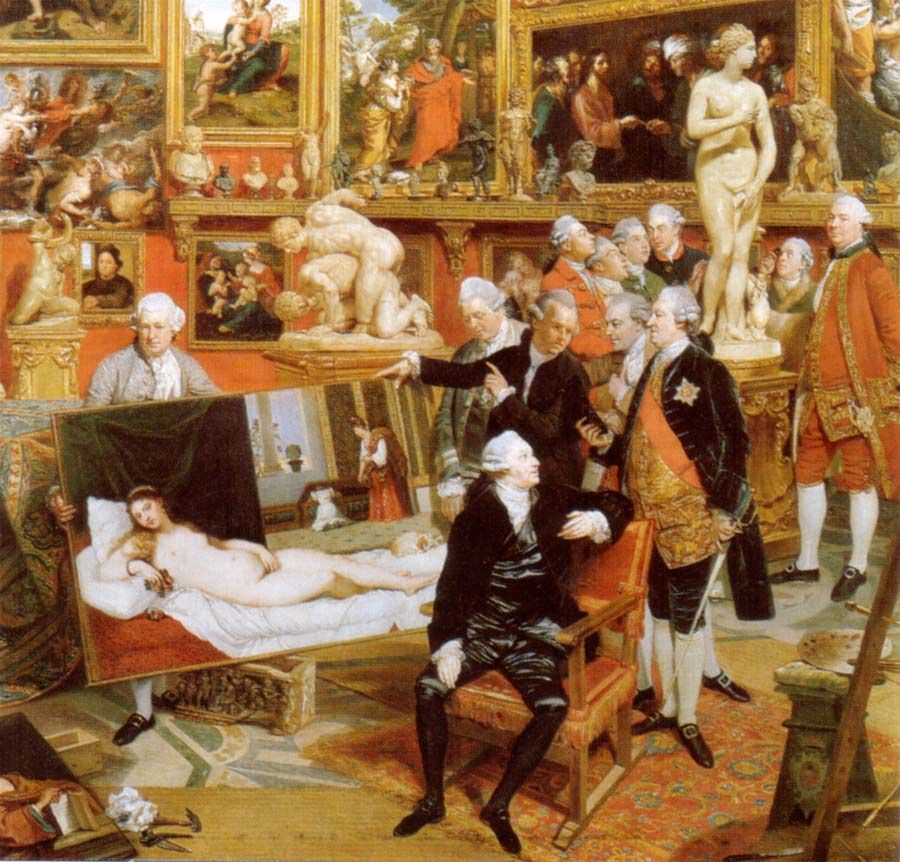The Medici Venus Once Had Red Lips

Red lipstick once shimmered on the lips of the Medici Venus, according to chemical analysis on the 2,000-year-old marble statue representing the Greek goddess of love Aphrodite.
The investigation, carried out at the University of Modena and Reggio and the Uffizi Gallery in Florence, where the statue has been on display since 1677, indicates that the life-sized naked and sensual Venus originally had red lips and hair laminated with gold.
These features were meant to represent the Venus "in a very realistic way," Fabrizio Paolucci, head of the Uffizi's classical antiquities department, said.
To strenghten the effect, the naked statue also wore precious earrings, as newly discovered earlobe holes suggest.
One of the most copied statues of all time, the Medici Venus -- itself a first century B.C. copy of a Greek bronze statue -- is the oldest sculpture in the Uffizi Gallery.
How and where the statue was discovered is unkown. First recorded in 1638 in the Villa Medici in Rome, it was sent to Florence in 1677 and became the icon of the Grand Tour, the cultural journey of Europe undertaken in the 18th century by young, upper-class men.
On display at the Uffizi scarlet-walled, octagonal "Tribune," the Venus triumphed as the archetype of ideal feminine beauty.
Sign up for the Live Science daily newsletter now
Get the world’s most fascinating discoveries delivered straight to your inbox.
Her finely sculpted buttocks were thought to make it antiquity's most erotic statue, while her pose, with the arms used strategically to conceal the breast and pubic region, helped bolster her huge popularity.
Indeed, the gesture basically drew attention to those parts she hoped to cover.
The Venus was the emotional climax for the Grand Tourist, as Johann Zoffany's 1772 painting The Tribuna of the Uffizi testifies. There, five British connoisseurs are clustered behind the celebrated statue, peering at her bottom - one even scrutinizes the sculpture with a spyglass.
VIDEO: Roman Column Painted in Light
"Figure to yourself something a thousand times more beautiful than the most beautiful object you have ever seen, a thousand times more touching than anything that has ever touched you, a thousand times more enchanting than all by which you have been enchanted: such is the Venus de Medici," a Grand tourist wrote in 1785.
These ecstatic 18th century accounts also reported that the statue had golden hair, confirming the latest chemical analysis.
The statue turned white following a harsh restoration which was carried when the sculpture returned from Paris in 1815 (Napoleon had brought it to Paris in 1803).
The cleaning removed the golden hair, as well as the red lips and the earlobe holes.
"Our study shows that what the Grand Tour visitors described was not the result of a collective hallucination, but the remains of the statue's ancient decoration," Paolucci said.
This article was provided by Discovery News.











